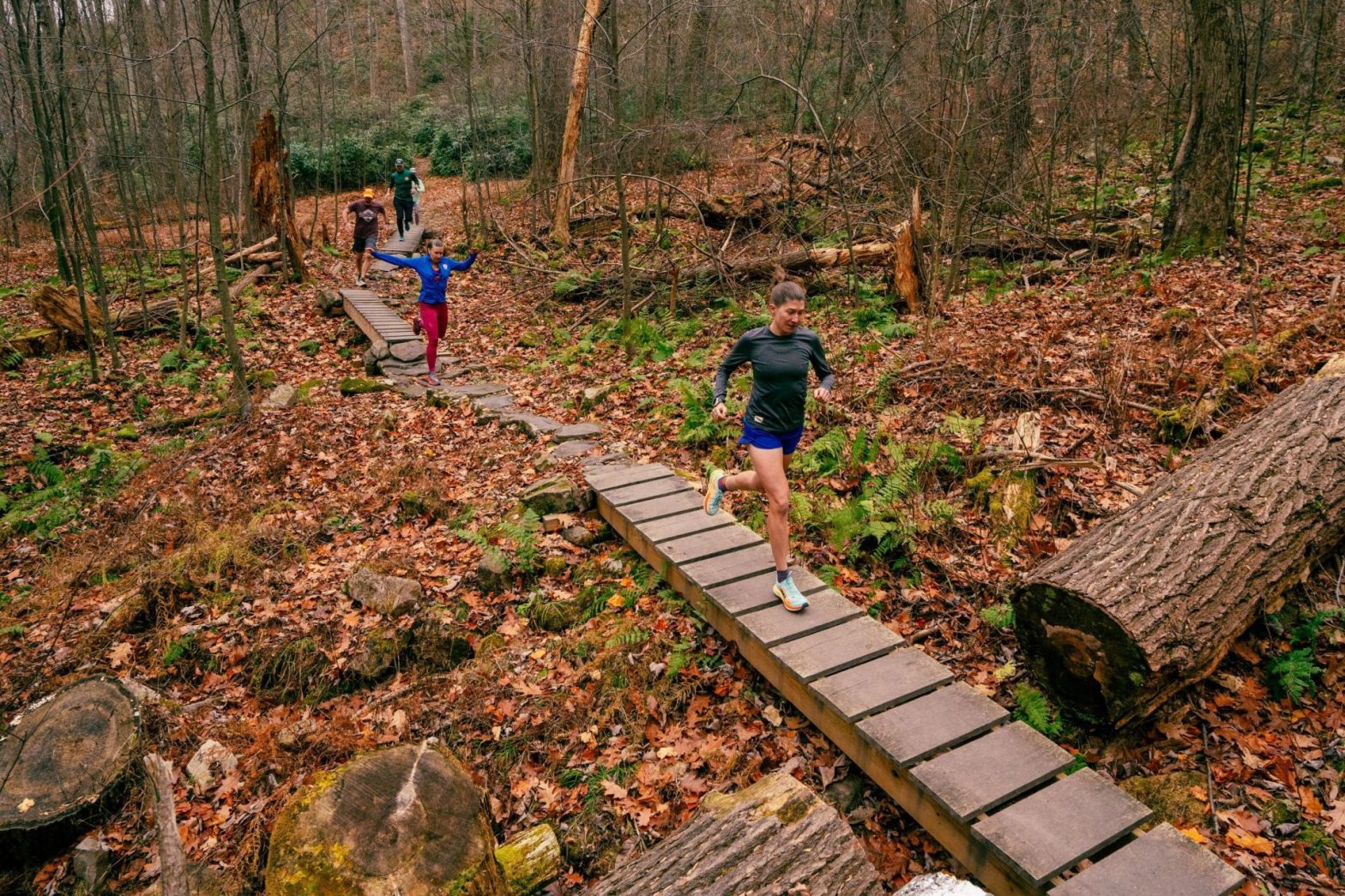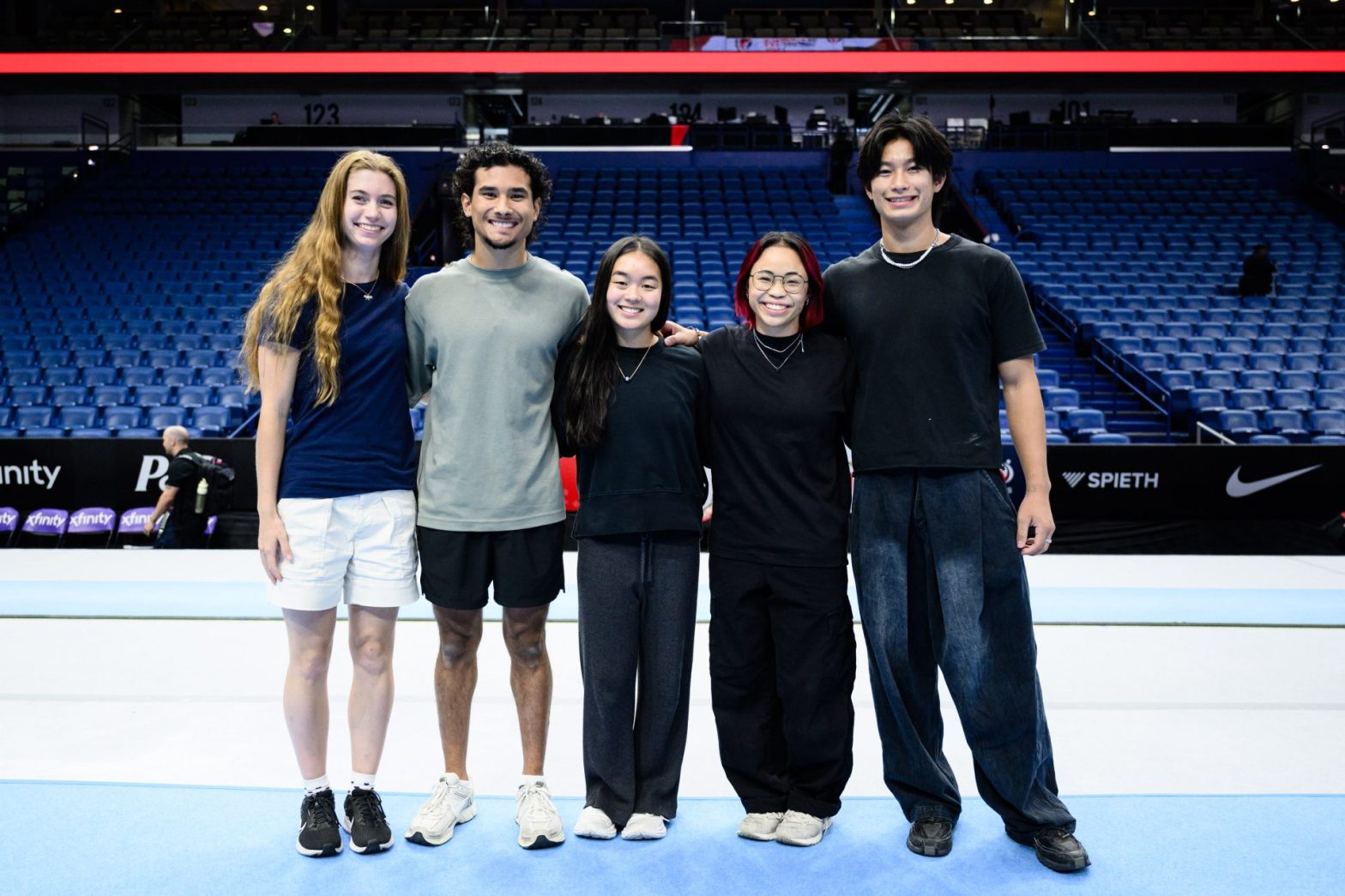
For many, summer camp is a childhood rite of passage—and according to the American Camp Association, nearly 14 million kids in the U.S. attend one each year. But for youth sports camp organizers, success isn’t just about filling spots. Rather, it’s about building loyalty and creating an experience that brings athletes back year after year. Though the demand for youth sports camps is strong, so is the competition. Today’s organizers must go beyond drills and scrimmages to deliver something more to attract Gen Z: a sense of belonging, shared values, and standout experiences. The key to long-term success lies in building a camp culture that athletes—and their families—want to be a part of. Here’s what you need to know about creating that culture and how to keep young athletes coming back year after year.
Set the foundation
For 20-plus years, USA Sport Group has offered youth sports camps that introduce kids to the fundamentals of physical activity. The organization runs thousands of youth sports programs each year across New Jersey, New York, and Pennsylvania, offering everything from soccer and tennis to flag football and pickleball. “Our goal is simple: deliver high-energy, well-organized sports experiences that help kids fall in love with being active,” explains Liam Roche, business development director at USA Sport Group.
Thus far, the organization has succeeded in that goal, with success stories at every turn. Many of its smaller, niche programs—such as T-ball and track and field—started as pilot programs in one or two towns but quickly grew into frequently-requested sessions each season. Another particularly notable standout is its Pulse Premier Sports Camps at The Pingry School, which is a private day school in New Jersey, Roche says. “We started with just one week and a few dozen kids, and now it’s a full summer lineup that serves hundreds of families with swim, soccer, tennis, and more,” he says. “It’s become a go-to option in the area and speaks to the quality of our staff and the trust we’ve built with families.”
Roche stresses that the staff is foundational to creating camps that both kids and parents turn to again and again. “Everything starts with the staff,” he says. “Having great staff that kids and parents trust—that’s what brings people back.”
Having a great staff means having outstanding coaches who are not only enthusiastic and qualified but also create wonderful experiences. “The coaches are key—how they engage the kids, how they celebrate little wins, how they create a fun atmosphere,” Roche adds. “When kids connect with their coaches and feel encouraged, they’ll come back.”
Jason Elliott, director of events for US Youth Soccer, the largest youth sports organization in the country, echoes the importance of having the right coaches in place. The organization registers nearly 2.5 million players each year, and it couldn’t do so without the coaches who play a critical role with each camp. “Coaches are not just instructors; they’re mentors who model resilience, respect, and passion,” Elliot says. “Athletes return when they feel seen, supported, and challenged. We emphasize continuity in staff so returning campers can build lasting relationships with familiar mentors.”
In addition to a strong staff, building and maintaining a positive culture that makes campers feel welcome and safe fosters consistency and return visits, Elliott adds. “US Youth Soccer staff emphasize positivity, sportsmanship, and personal growth as much as competition,” he says. “Our staff is trained to engage every athlete, regardless of skill level, and to celebrate effort as well as outcomes. Small touches, like personal check-ins, inclusive games, and team challenges, make a big impact.”

Make every session count
With a strong coaching staff and a culture that fosters growth and positivity firmly established, the next step is to ensure that what athletes—and parents alike—expect from a sports camp experience is met.
For many organizers, that means focusing on accessibility, making sure that all potential campers, regardless of their socio-economic status or abilities, have an option to play, including “shorter sessions, a variety of price points, and making sure there’s something for every child,” Roche says. He adds that continuously investing in coaching education is another critical aspect of the athlete experience. USA Sport Group invests heavily in training to ensure its coaches are skilled and best suited to work with kids.

Another key to building a camp that athletes want to return to is ensuring the day-to-day experience keeps them engaged and growing. That means no standing around—sessions should move with purpose, balancing age-appropriate instruction with high energy and a strong focus on fun and fundamentals, especially for younger campers, Roche says. Small moments go a long way, too. “We try to build in small moments that feel special: themed days, fun competitions, or just making a big deal out of progress, even if it’s small,” he says. “It really comes down to energy, consistency, and connection. If a child feels welcomed, safe, and like they’re having fun every day, they’re going to remember it.”
To keep athletes returning year after year, US Youth Soccer takes a multi-faceted approach that blends player development, meaningful experiences, and modern engagement tools. One standout strategy is progress tracking with individualized feedback, particularly in programs like the Olympic Development Program (ODP). Across all 54 state associations, ODP players receive feedback multiple times throughout the evaluation process, with assessments becoming increasingly personalized as they move through state, regional, and even national levels, Elliott says. This not only helps players see how far they’ve come—it shows them exactly where they’re headed.
Beyond the field, US Youth Soccer also creates memorable opportunities that extend the camp experience globally. The organization facilitates players and their families’ embarking on international trips to soccer-rich destinations, which can be a once-in-a-lifetime way to bond, grow, and deepen their love for the game.

Level up
Staying ahead of the curve is essential for organizations looking to grow—and keep—their youth camp audiences. As interests and expectations shift, so must the programming, communication, and experiences offered. To navigate ever-changing expectations, US Youth Soccer has explored wearable tech, mobile apps with gamified features, QR-code check-ins, and real-time skill tracking. “These tools enhance engagement and give athletes tangible progress metrics,” Elliott says.
Expectations around personalization, safety, convenience, and purpose have also transformed what families look for in a camp, Elliott adds. US Youth Soccer has responded with flexible camp formats (such as day versus overnight options and themed tracks), improved communication (from pre-camp guides to real-time updates), and a focus on well-being, from nutritious meals to mental health check-ins.
To stay ahead of shifting trends, USA Sport Group is expanding its offerings with specialized programs like skills and scrimmage clinics and even children’s pickleball, while also streamlining registration systems to make the process easier for parents, Roche says.

Connect, communicate, convert
Building a great camp experience is only half the battle—getting athletes there in the first place takes smart, strategic marketing that speaks to both Gen Z and their parents. For today’s families, simplicity and clarity go a long way. USA Sport Group leans into QR codes on flyers to make sign-up seamless, sends well-timed reminders, and offers returning family discounts to reward loyalty. “Consistency helps too—families like knowing they can count on us each season in the same town or facility,” Roche adds.
Connecting with Gen Z also means tapping into their values and digital habits. US Youth Soccer meets them where they are with content on Instagram, TikTok, and YouTube Shorts, while keeping parents in the loop through email, Facebook, and SMS alerts. Highlight reels, behind-the-scenes videos, and real camper stories showcase authenticity and impact, while partnerships with VEO (the sports camera company) provide athletes and families with free access to training and match footage for ongoing evaluation and growth. And it’s that kind of added benefit that can give one camp an advantage over another to attract campers and keep them coming back. n
Tech tools
Behind every successful camp is a well-stocked tech toolbox that simplifies registration, keeps families informed, and supports long-term retention. Here’s how two top organizations are putting tech to work.
US Youth Soccer:
- Uses integrated platforms like GotSport for registration and rostering
- Website powered by SportsEngine provides real-time updates and key info
- Mobile dashboards and attendance tracking enhance in-session communication
- Email automation keeps families in the loop before, during, and after camp
USA Sport Group:
- QR codes on flyers streamline the sign-up process for busy parents
- Targeted email marketing hitsright before key transitions likeschool breaks
- Social media giveaways, referral incentives, and early-bird discounts boost engagement









